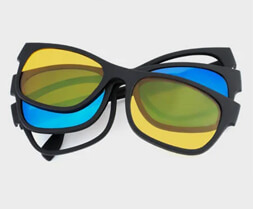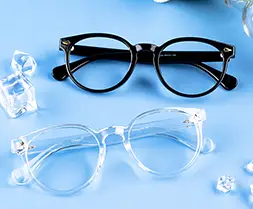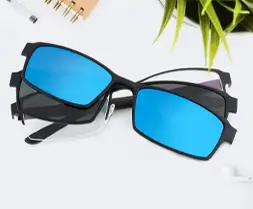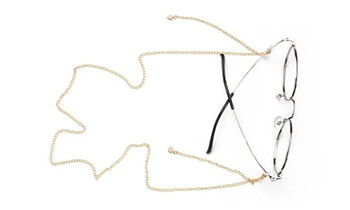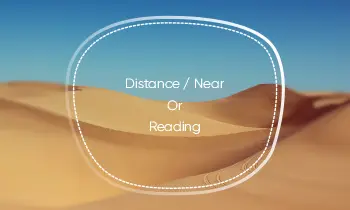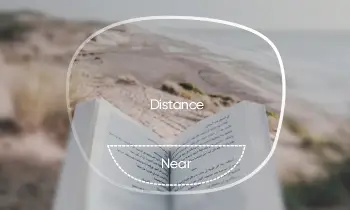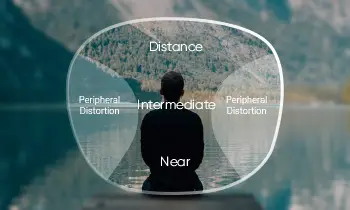With the onset of autumn, the weather gradually turns cooler, cold air and cold wind keep coming, and many people will experience tears in the wind. Some people have one eye, some have both eyes; some are cold tears, and some are hot tears.

Most people do not have any abnormal symptoms in their eyes when they have tears in the wind, they are not red, itchy, or swollen, but when going out, as soon as the wind blows them, they will have involuntary tears and blurred eyes, which affect their vision.
So many people are wondering what the hell is going on here. Is it that you have some kind of disease?
Reasons for tears in the wind
1. Tear duct abnormalities
The lacrimal duct is located at the inner corner of the eye and consists of the lacrimal dots, lacrimal ducts, common lacrimal duct, lacrimal sac, and nasolacrimal duct. After the lacrimal glands secrete tears to moisten the eye, they are absorbed through the tear duct into the nasal cavity and the nasal mucosa.
Once the tear duct is obstructed and narrowed, the muscles around it will contract and spasm when the wind stimulates. When stimulated by the wind, the surrounding muscles will contract and spasm, thus further aggravating the obstruction and narrowing of the tear duct. The tears secreted from the eyes cannot be smoothly drained to the nasal cavity; therefore, the situation of tears in the wind occurs.
2. Dry eye
A dry eye is also known as corneal dryness. Abnormalities in any of the three items - amount, quality, and natural flow of tears - due to insufficient tear production or excessive evaporation can cause tear film instability and ocular surface damage, leading to ocular discomfort symptoms and visual dysfunction.
Nowadays, most people stare at their cell phones and computer screens for long periods, reducing the time spent blinking. Unfortunately, this excessive use of the eyes leads to visual fatigue and dry eyes, significantly increasing the chances of getting dry eye disease.

When there is dry eye, the protective layer of the tear film is changed, the cold wind irritates the cornea, and the reflex of the eye thinks that a foreign body has entered, so it reflexively weeps.
3. Inflammation of the eye
Chronic inflammation of the lacrimal duct and its adjacent tissues, such as trachoma, chronic conjunctivitis, and seasonal allergic conjunctivitis. It can cause narrowing or obstruction of the tear duct, which will affect the tear drainage function. Then encountering cold air stimulation, tear secretion increases, and the tear overflow phenomenon will naturally occur.
Is tears in the wind a disease or not?
Generally speaking, occasional tears in the wind are generally a physiological phenomenon and do not need to be worried or treated.
However, some people encounter cold wind stimulation, tears in front of the eyes, and blurred vision. The skin around the eyes, especially at the corners, is rubbed as they need to be constantly wiped. This condition often lasts long, and this manifestation is pathological.
Some patients suffer from trachoma, chronic conjunctivitis, and lacrimal tract inflammation; when you feel any significant discomfort in the eye, you must go to a professional institution for timely consultation to avoid delaying treatment and thus leading to serious consequences of eye infection.







